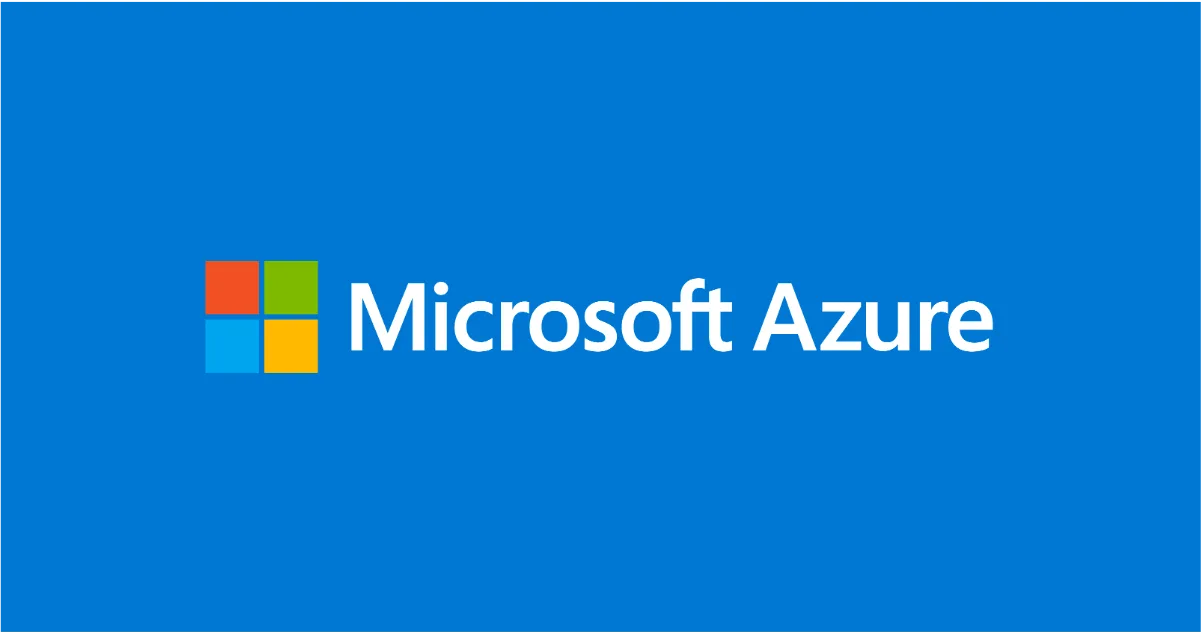If you own a small or mid-sized enterprise, chances are that you’ve heard of Microsoft Azure. The technology is often referred to as the world’s “super cloud” because it offers a lot of tools and features that allow you to create an incredibly custom online experience. If you’re unfamiliar with Microsoft Azure, here’s a quick overview of what it’s all about. This article will also provide a few tips on making sure your company’s data is backed up and protected.
Microsoft Azure provides a lot of great features and benefits to help you get started. The first thing you need to do to get started with Microsoft Azure is set up a project. In addition to this project, you’ll need to sign up for an account, complete any necessary registrations, and set up access to your virtual infrastructure. All of these things can be done right from the dashboard of your browser, making it very easy to manage your environment. Once you have your projects and accounts set up, it’s time to start using the cloud services.
Security
Microsoft Azure includes several key tools to help you protect your business. The most important tool out of the box is the Microsoft Security Center (MSRC). MSRC is a browser-based web browser that let you access security information about your virtual machines, your servers, and other items in the cloud services. By using the security center, you can easily get a feel for how your systems are configured and if they’re properly set up for a variety of uses. If you have any questions, it’s very easy to contact support and get them answered. You can also check the Microsoft Azure FAQ to get the answers you need.
vCloud Director
Another great feature of Microsoft Azure is the vCloud Director. The vCloud Director is a set of visual tools for managing your VDI. You can create custom rules that allow users to easily access and manage their virtual machines from anywhere, while still being connected to your infrastructure at the server. This means you can take breaks, attend meetings, and still be able to manage the safety and security of your virtual machines. It also makes it much easier for you to manage the DNS servers on the physical side by establishing DNS zones and delegating DNS roles.
Advanced Features
With Azure, you can also expect to see many more advanced features than just the basic backup scenarios. One exciting feature includes the ability to create “standalone” cloud-first VDI that can be independently deployed by the user without any special skills or tools. Another important feature is the “azure bridge” technology that allows you to easily connect the Microsoft cloud-service platform to your on-premise SQL server or other SQL database server. With these and many more exciting features, it’s clear that Microsoft Azure has evolved into a true competitor to SaaS Cloud Services. Not only does it offer a wide range of unique features and benefits, but it has also become a leader in providing IT solutions and helping businesses everywhere to realize their full business potential.
Tools
One of the first things you’ll find with Microsoft Azure is its extensive range of tools for managing and monitoring all aspects of your VDI infrastructure. One of the most popular choices is the Microsoft Storage Analytics for Storage. With this tool, you’ll gain a real-time understanding of your VDI storage costs. In addition to calculating average costs per storage capacity per month (MSA), you’ll also be able to track storage costs over time. For example, over the last 12 months, how much of your monthly bill went to paying for new storage capacity versus old storage capacity? By tracking this data, you’ll gain a great insight into which storage costs are waste and that is profit.
Microsoft Azure also offers several other tools for managing, monitoring, and protecting your virtualization infrastructure. One popular tool that helps businesses achieve compliance standards is Microsoft Office Automation. You can set up automation that runs on your own or third-party enterprise server. This feature uses an infrastructure of on-demand Microsoft servers to run your own suite of standard Microsoft Office applications and automatically creates compliance test reports. Microsoft Business Portal also enables backup of your VDI infrastructure to any third party server, while still enabling your business continuity team to manage backups themselves.
Microsoft Azure is designed to make the most out of the resources you have available to you. By combining the power of the internet and the real-time functionality of your own company’s infrastructure, you can take advantage of all the advantages of cloud computing. Whether you’re looking for cost-effective, enterprise-class backup solutions, or you’re simply interested in making the most of your existing in-house IT resources, Microsoft Azure can provide exactly what you need. Learn more about cloud-based services andAzure’s many capabilities below.







